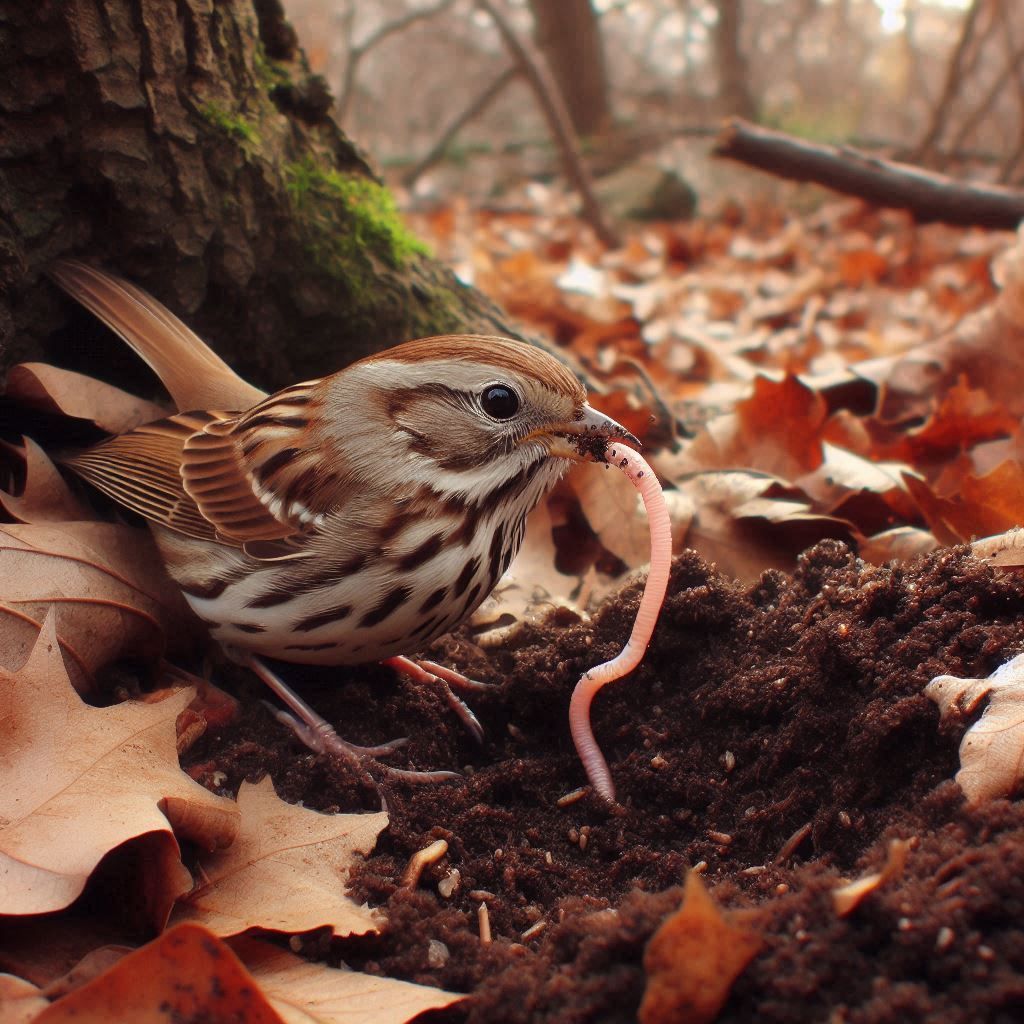Mabel
It was a year ago when I looked out my cabin’s window and saw a good friend fall and depart earthly life. My beloved Mabel, dead and gone. Spirited away by an invisible force.
Well, except for her heart. Her heart, Mabel left in Lightfall Hollow.
Mabel was a maple tree. It is quite probable she lived in the hollow for several centuries. Certainly she had her home here much, much longer than I. Until last spring, when she was taken by the wind.
Mabel was old, and her giant body leaned precariously from a life spent trying to stand and grow in the light. Her limbs were scraggly, like the thin, bony arms of a seasoned centenarian, and her bark was rough, wrinkled, and sprouted peculiar growths, like a grandmother’s well lived in and holy skin.
My first memory of Mabel is from my childhood. I was alone and lost in the woods. I was crying and panicked, blindly tearing through the trees and underbrush with no idea where I was or where I was going. But then a familiar being appeared. It was Mabel. I stumbled to her and sank down on the earth beneath her branches. Sitting with my back hugged against her ample trunk, I realized I was neither alone nor lost. I was connected and found.
A couple of decades later, when I was a young adult, my cabin and current home was built with Mabel just outside my porch door. She became my receptionist, my charming and impressive first greeter, my home’s ambassador of good will and welcome. Over the years, I planted snow drops, hostas, ferns, and astilbes around her. Across from her on either side, but still within her shadow’s long reach, I planted bleeding hearts, daffodils, crocuses, Lenten roses, ivy, and more hostas and ferns. The wild geraniums, violets, spring beauties, Quaker ladies, and trout lilies sharing her ground, I took pains not to disturb.
Along with the flora, at some point I placed at Mabel’s feet a stone statute of Pan, the ancient Greek god of nature. Sometime later, I propped up against her a massive rock, retrieved from the nearby creek and carved with the words my husband and I chose as the name of our home, “Stone Harvest.” A name chosen in acceptance of the bad times in each of our lives that have left us both broken and resolved to gather those stones and use them to build something good and solid. For it is true every stone of pain endured can become a rock of strength.
In most autumns I knew her, Mabel’s leaves would turn a brilliant orange. They were so brilliant they would make my eyes ache, like how your teeth ache when you eat something extraordinarily sweet.
During winter storms, she would catch snowflakes, and they would snuggle against her as they rested from their dance. Afterwards, when the sun again shone, Mabel would look like a benevolent queen, cloaked in flowing white velvet and crowned in sparkling crystal.
Spring would come, and Mabel would leaf out anew and give birth to seeds called whirlybirds, helicopters, or wings. Maple tree babies of bright green, the color of hope. Then, with summer’s arrival, Mabel would launch her children, and they would fly away to perchance find their place in the world to grow and be.
I had known for some time Mabel was dying. Her autumn leaves were no longer brilliant. They were dull. Even when dressed in winter’s snowy finery, she looked tired and worn. While each spring, she gave birth to fewer and fewer maple tree seeds, and each summer, the whirlybirds she launched were puny and brittle, and their wings were poor fliers.
Then last spring, Mabel was taken by the wind. Spirited away by an invisible force. Afterwards, the broken, rotting wood of her dead remains was carried off to be returned to the dirt that had borne her. Hence, as the whole of creation had been blessed with Mabel’s living, so would the whole of creation be blessed with Mabel’s dying. In the end, the only apparent part of her still rooted in the hollow was a snaggy piece of trunk, looking like a big, old hand, its index finger pointing skyward.
Yet, here is what I wonder upon. Sometime later after Mabel was taken by the wind and most of her temporal remains removed, I noticed something I had not noticed before. I saw what appeared to be an imprinted shape in the bark of her sundered remnant. It was a heart. As though Mabel had left her heart in Lightfall Hollow. Like she was fixing it so that her very essence would always be here in the place where she had known life on Earth for all her time on Earth.
I am glad Mabel’s heart continues to be where it always was, and I am grateful Mabel’s heart stays close to me. But I don’t need any reminder of her. Because I will never forget when I was a child alone and lost in the woods, Mabel found me.
Nor will I forget to keep Mabel as my revered symbol for standing and growing in the light, even when standing and growing in the light requires a precarious leaning.
And when I fall and depart earthly life, I hope I too am spirited away by an invisible force.
Though my heart I shall leave in Lightfall Hollow.

Credit: Bing Image Generator




All Rights Reserved | Susan C. Ramirez





